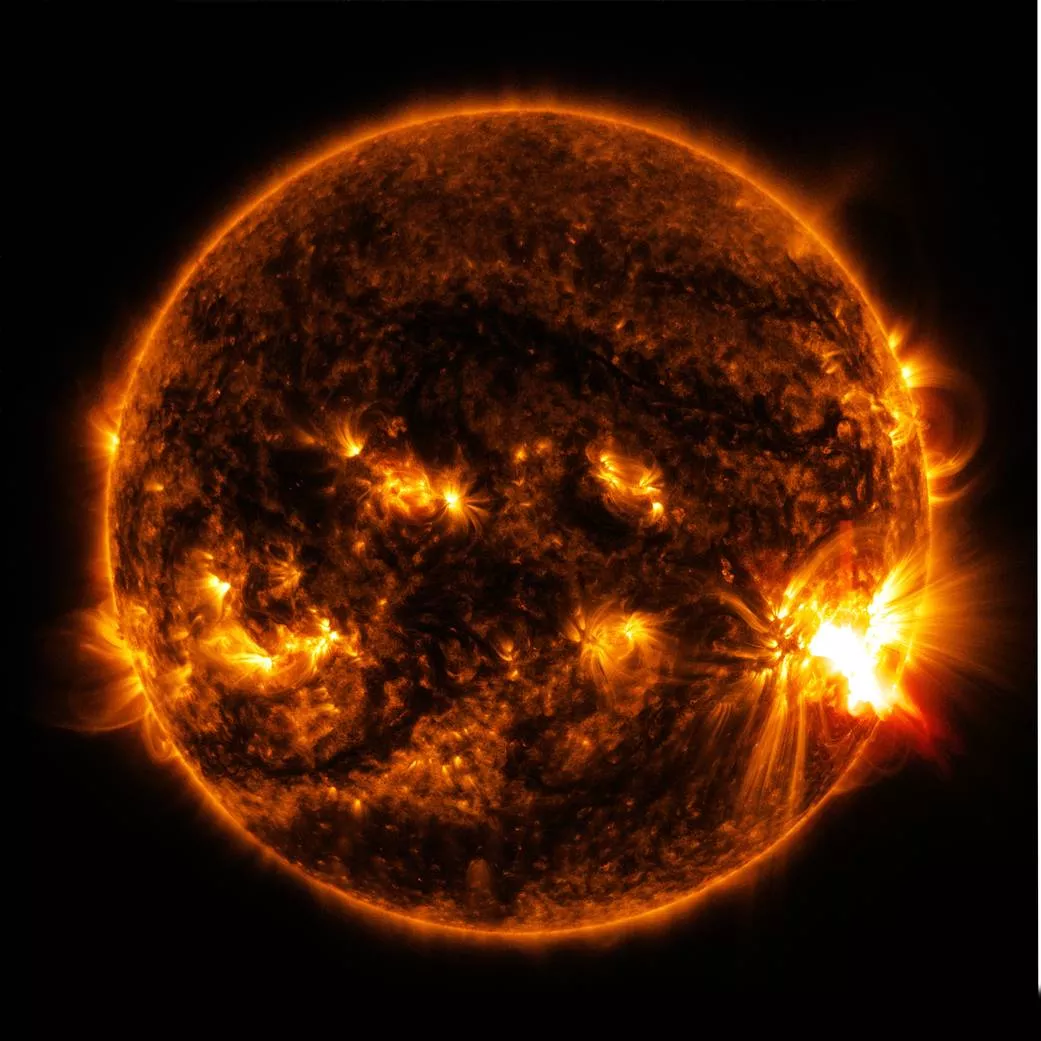
(All images in this document are available for download)
The Basics
The Solar Cycle
The solar cycle is a roughly 11-year periodic change in the Sun's sunspot activity, measured by the variation in the number of sunspots observed. Humans used telescopes to observe sunspots and solar cycles as early as the 17th Century; however, NOAA and NASA satellites are now major ways scientists use to study the Sun. The Sun just ended its 24th solar cycle in 2020 and is now entering Solar Cycle 25.
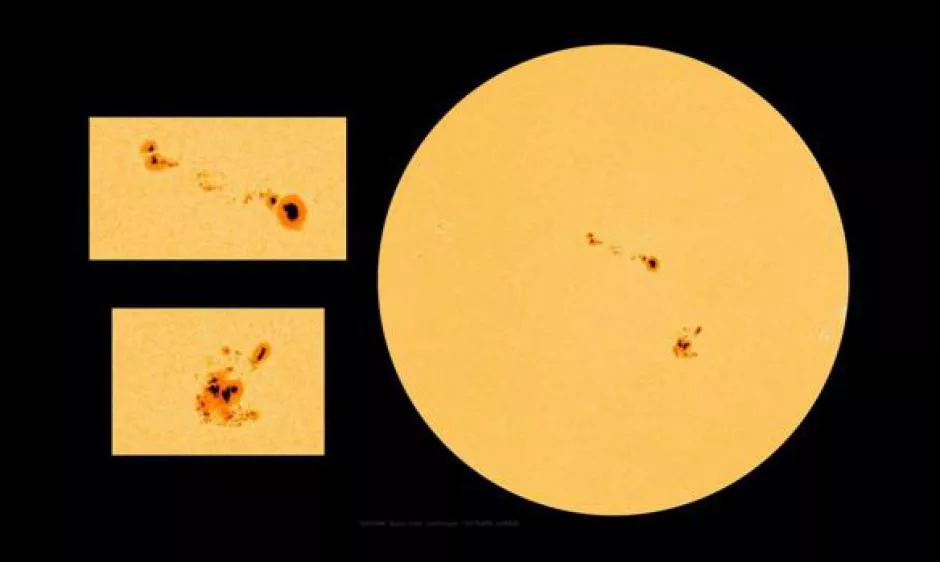
Sunspots
Sunspots are small areas of particularly strong magnetic forces on the Sun's surface that appear as darker spots because they are cooler. During solar maximum, there is a high number of sunspots, and during solar minimum, there is a low number. Sunspots appear in a wide variety of shapes and forms. They can also change size and shape and may last for only a few hours to days and even months. Learn more about sunspots and their connection to the solar cycle, here.
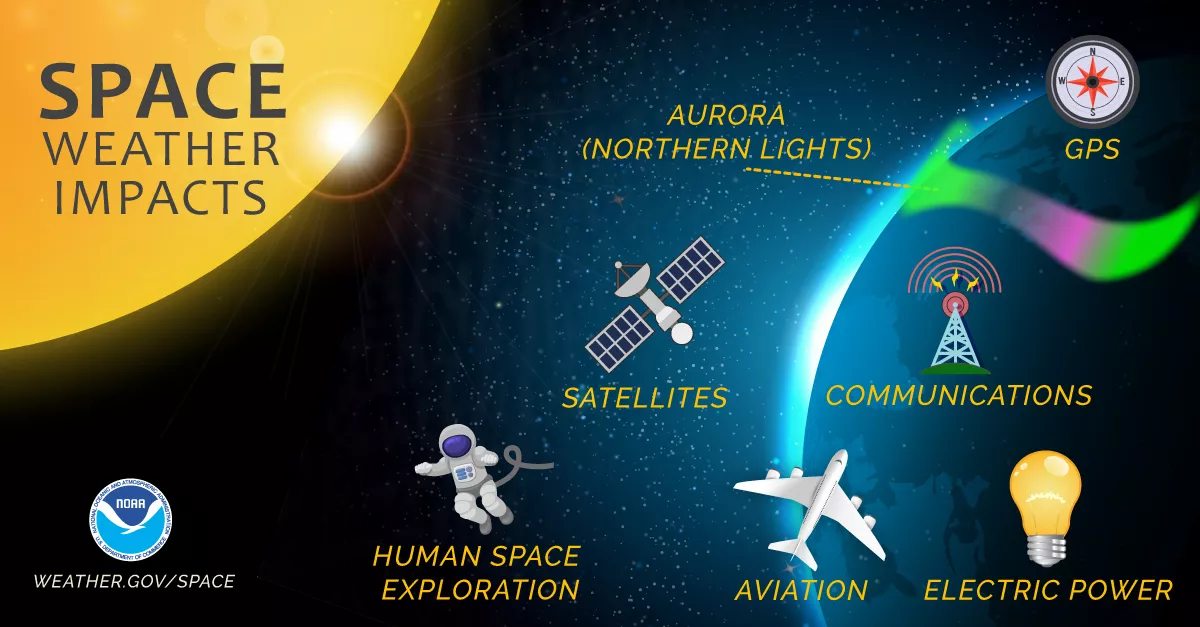
Space Weather
When storms in outer space occur near Earth or in Earth's upper atmosphere, we call it space weather. Rather than the more commonly known weather within our atmosphere (rain, snow, heat, wind, etc.), space weather originates from the Sun. It comes in the form of solar storms and geomagnetic storms—which happen in the Earth’s upper atmosphere—caused by disturbances on the Sun. Learn more about space weather here.
Space weather can impact:
- Aviation
- Electrical Grids
- Global Positioning Systems (GPS)
- Radio Communications
- Satellite Communications
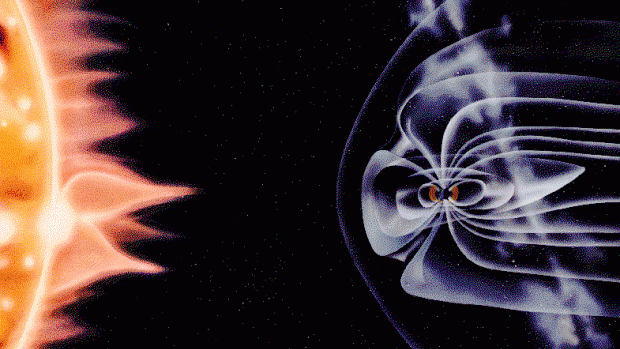
Solar Wind
The solar wind is a continuous stream of particles--mainly protons and electrons in a state known as a plasma--flowing outward from the Sun. High speed solar winds bring geomagnetic storms while slow speed winds bring calm space weather. Forecasting the solar wind is critical to developing forecasts of space weather and its impacts at Earth.
Magnetosphere
The magnetic field that surrounds Earth is known as its magnetosphere. This protective envelope shields the Earth’s surface from the constant solar wind hitting our planet and protects us from most space weather.
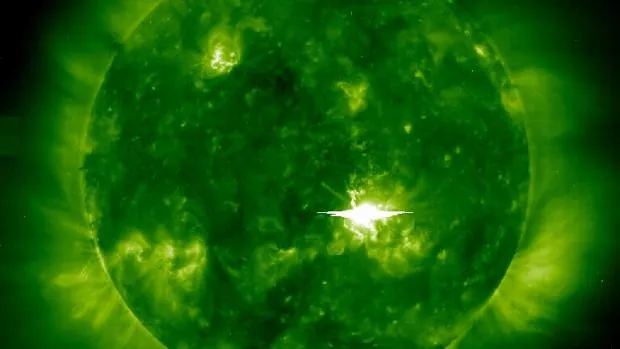
Solar Flare
Solar flares are large eruptions of electromagnetic radiation that occur near sunspots, usually at the dividing line between areas of opposite magnetic fields. These sudden outbursts of electromagnetic energy travel at the speed of light, and can last from minutes to hours.
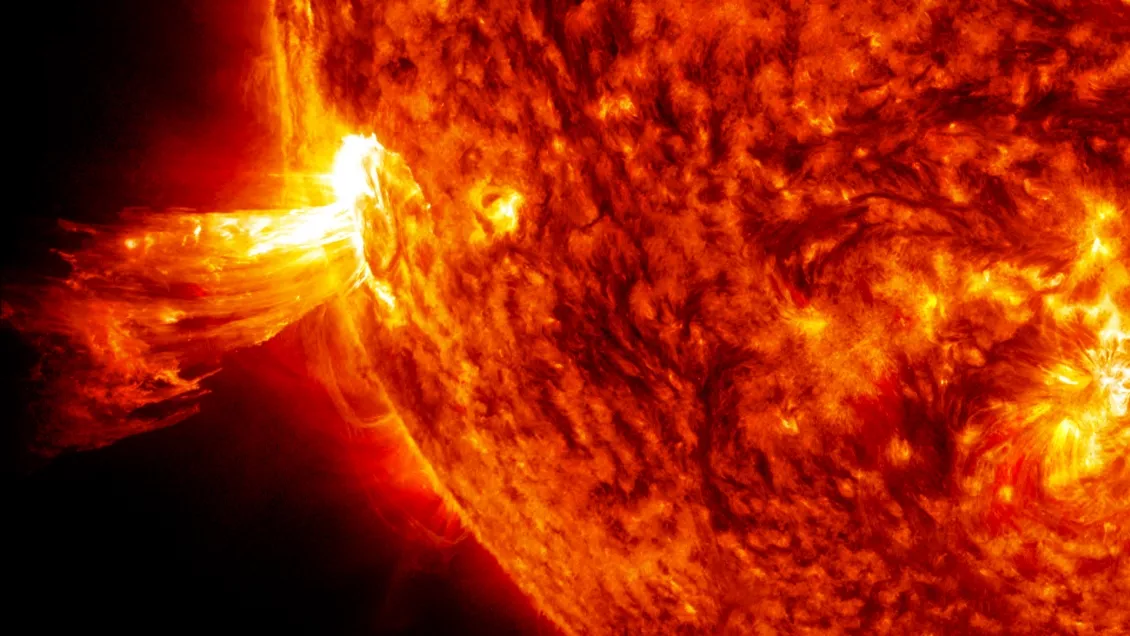
Coronal Mass Ejection
Coronal Mass Ejections (CMEs) are large clouds of plasma and magnetic fields hurled into space from the Sun. The ejected material can travel a million or more miles per hour (500 km/second). Fast CMEs occur more often near the peak of the 11-year solar cycle, and can trigger major disturbances in Earth's magnetosphere. The Sun can eject matter in any direction, so only some of the CMEs will actually encounter Earth.
Note:Solar flares and CMEs are the biggest, most violent "explosions" in our solar system, releasing the power of around one billion hydrogen bombs—but they are not the same thing. A handy analogy is picturing the firing of a cannon. A solar flare is like the muzzle flash, which can be seen anywhere in the vicinity of the explosion. The CME is like the cannonball, propelled forward in a single direction and affecting a targeted area.
*********
Did you know?
In 2013, a Lloyds of London study predicted that the most extreme space weather storms could affect 20 to 40 million people in the U.S. and cause up to $2.6 trillion in damages, with recovery taking up to two years.
*********
Important Acronyms: Solar Forecasting and Solar Satellites
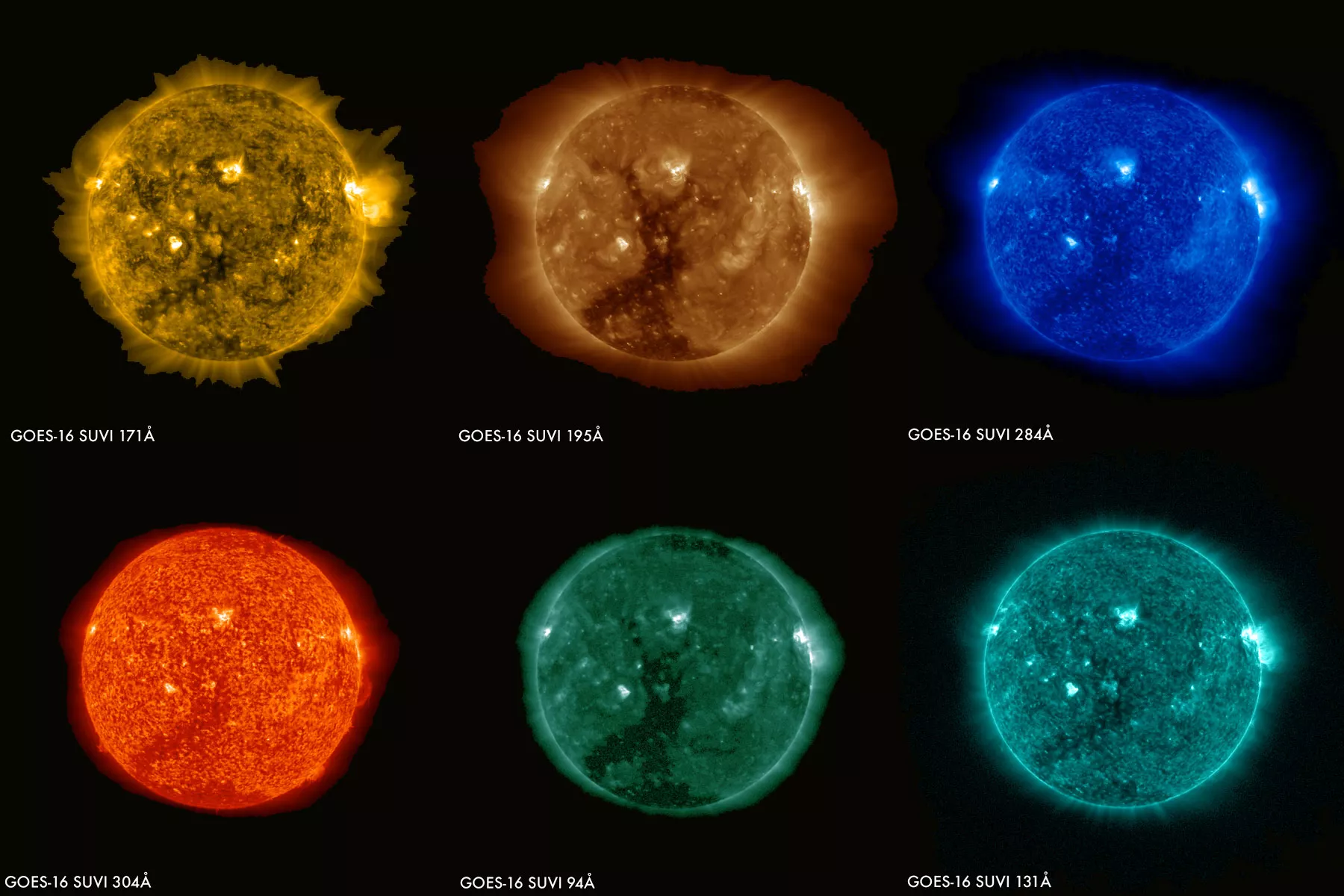
SWPC :NOAA's SWPC (Space Weather Prediction Center) is the official source for space weather forecasts for the United States. SWPC forecasts solar storms, much like our National Weather Service forecasts weather on Earth. SWPC forecasters use both ground-based instruments and satellites to monitor the active regions of the Sun for any changes and issue watches, warnings, and alerts for hazardous space weather events. Just like there are categories used to classify hurricanes, there are also Space Weather Scales for communicating the severity of solar storms. To predict these storms, SWPC forecasters watch the Sun for solar flares and coronal mass ejections.
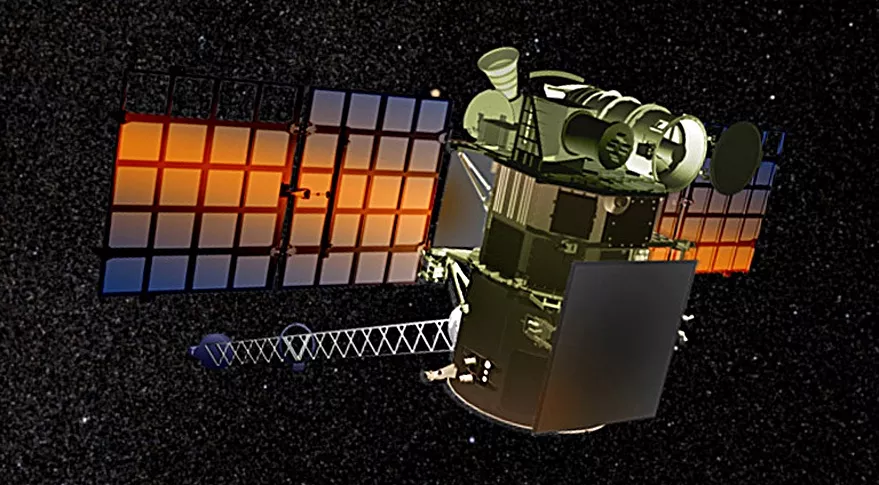
DSCOVR : NOAA’s DSCOVR (Deep Space Climate Observatory) is a space-based observatory that maintains the nation's real-time solar wind monitoring capabilities. Launched in 2015, DSCOVR orbits about one million miles from Earth, which allows the solar wind to reach DSCOVR about an hour before hitting our atmosphere. From this position, DSCOVR will typically be able to provide anywhere from 15 to 60 minutes warning time before a CME—with the potential to disrupt major power grids, telecommunications, aviation and GPS—reaches Earth
Check out this DSCOVR Fact Sheet.
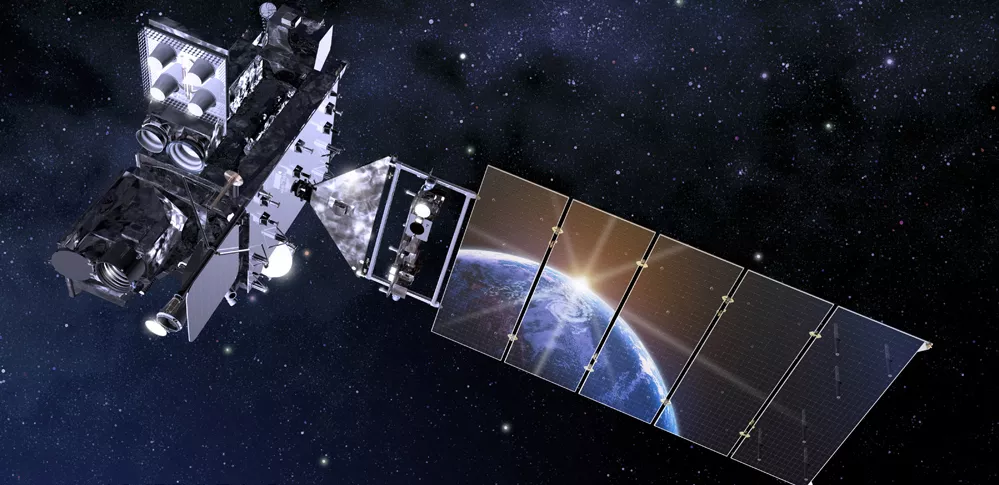
GOES-R : NOAA’s advanced Geostationary Operational Environmental Satellite series (GOES-16 and GOES-17) are NOAA’s primary weather satellites; however, they also carry instruments that monitor the Sun and observe energetic particles and magnetic fields. Those instruments are called the Solar Ultraviolet Imager (SUVI) and the Extreme Ultraviolet and X-Ray Irradiance Sensors (EXIS), and they provide crucial information used in space-weather alerts and warnings.
Check out this GOES-R solar Fact Sheet.
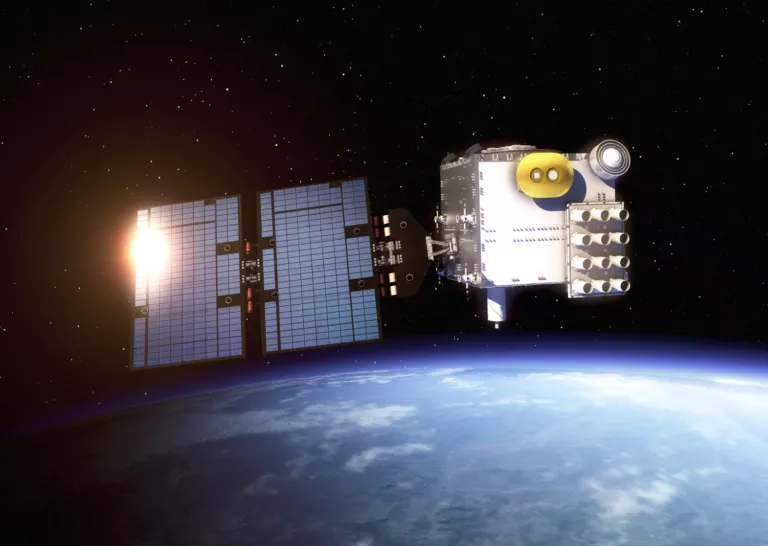
COSMIC-2 : This partnership mission between the U.S. and Taiwan launched in 2019 and is composed of a fleet of six small satellites that monitors the Earth's atmosphere and ionosphere. The data are collected by the satellites through a process calledradio occultation. Because this process depends on measuring the changes in radio signals as they pass through the atmosphere, this allows scientists to determine temperature and moisture in the Earth’s atmosphere as well as the effects of solar storms on the ionosphere.
Check out this COSMIC-2 video.
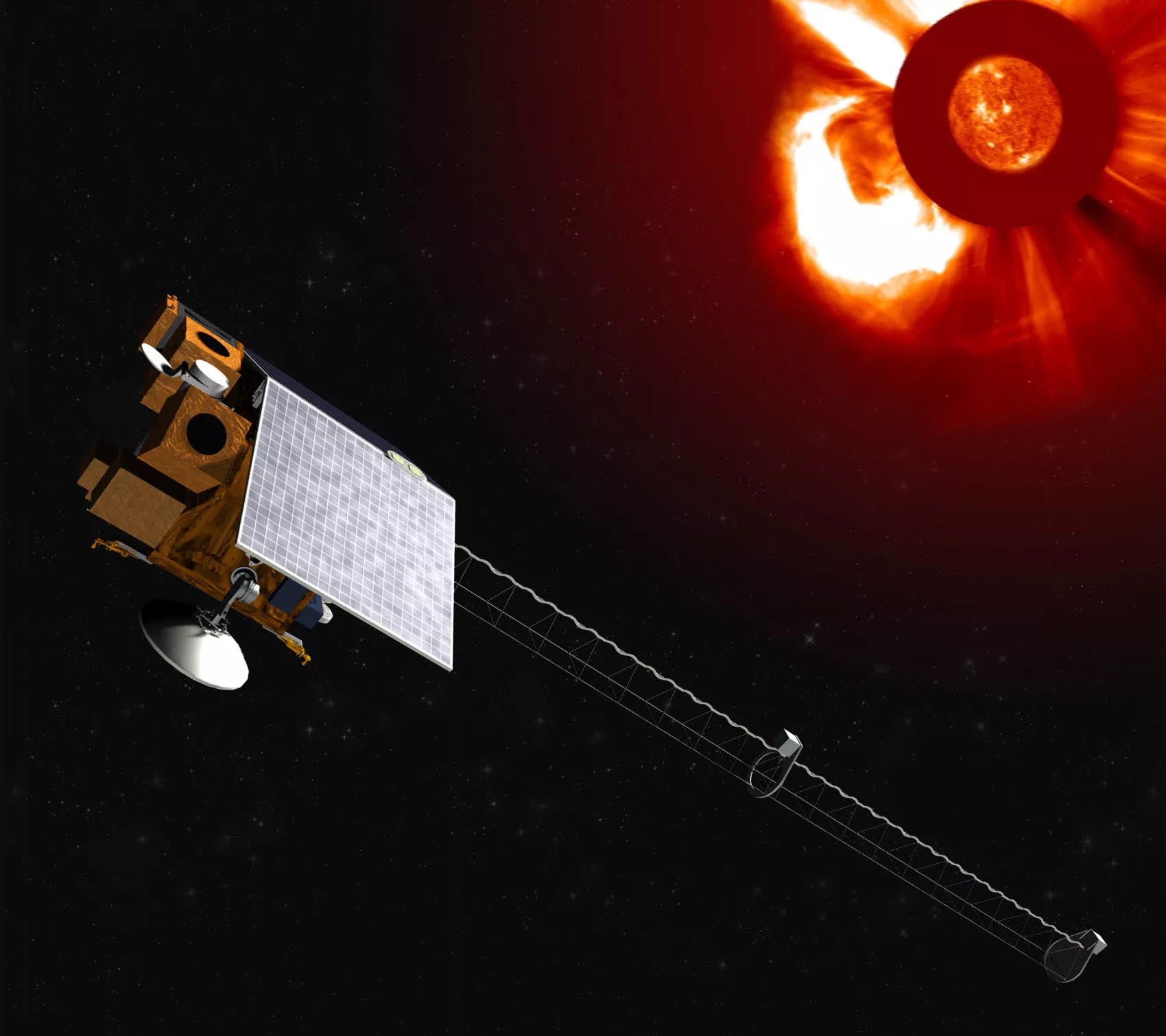
SWFO-L1 : When it launches in 2024, the Space Weather Follow-On (SWFO) L-1, will be NOAA's first satellite observatory dedicated exclusively to operational space weather. It will be equipped with instruments that sample the solar wind, provide imagery of coronal mass ejections, and monitor other extreme activity from the Sun in finer detail than before. SWFO-L1, which will orbit roughly one million miles from Earth toward the Sun, will continue and improve upon the observational monitoring service of NOAA’s DSCOVR.
Get more information on SWFO-L1 here.
Video Links:
- An Introduction to Space Weather and the Space Weather Prediction Center
- Space Weather Impacts: Power
- Space Weather Impacts: Communications
- Space Weather Impacts: GPS
- Deep Space Climate Observatory Satellite (DSCOVR)
- How GOES-R and DSCOVR Work Together
